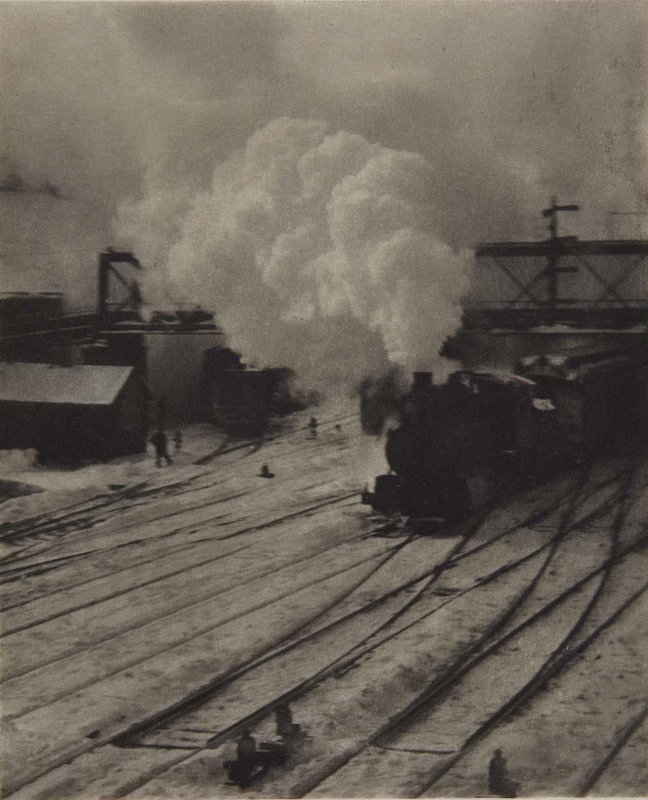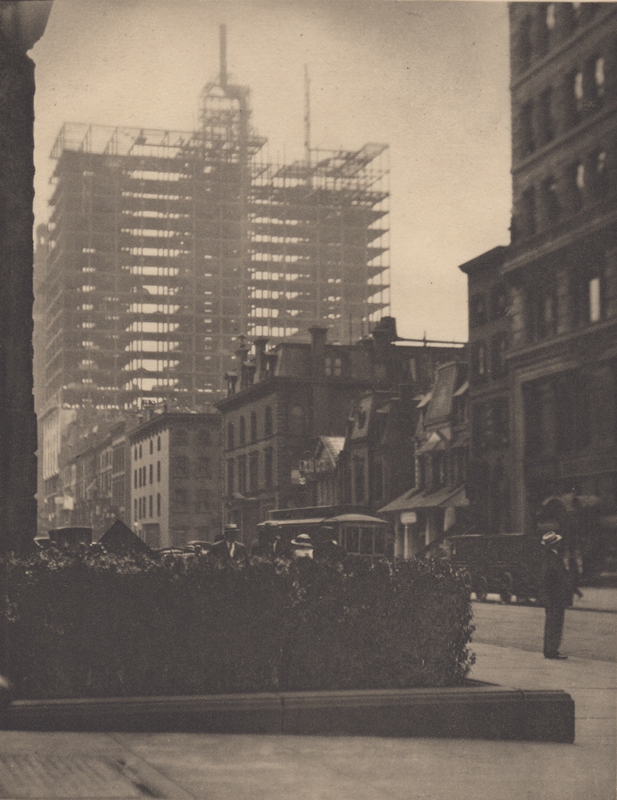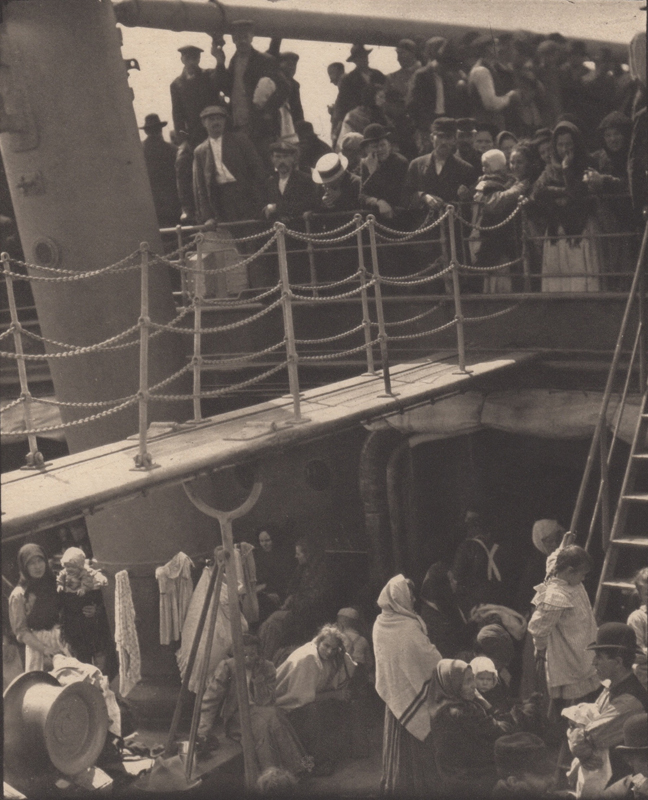March 7 - April 27, 2019
OPENING RECEPTION: THURSDAY, March 7, 2019
Press Release | Images
Alfred Stieglitz:
Camera Work (1903-1917)
Robert Mann Gallery presents a selection of photogravures by Alfred Stieglitz from Camera Work. Stieglitz, regarded as the father of modern photography, a proponent for promoting the avant-garde movement in art and an influential gallerist, was also the editor and publisher of Camera Work, one of the most important photographic publications of the 20th century. Spanning over 15 years, Stieglitz published exquisite photogravures of his seminal images alongside images by fellow photographers including Edward Steichen and Paul Strand, all of whom were embracing the modern photographic movement.
One of the earliest methods of reproducing photographic images in ink, the photogravure process was perfected and championed by Stieglitz. Images pulled off of etched copper plates that were made directly from the original negatives possessed rich mid tones and soft blacks, rendering velvety prints with a tonal range Stieglitz often preferred to the more typical darkroom processes. The photogravures for Camera Work were hand-pulled by Stieglitz himself, many were printed on delicate Japanese tissue and carefully tipped into the pages of the quarterly journal. This exhibition will include a selection of Stieglitz’s many iconic images in the photogravure medium that originally hale from the pages of Camera Work. Quintessential masterpieces such as The Steerage and Spring Showers will be on view.
Sarah Greenough, senior curator and head of the department of photographs at the National Gallery of Art, Washington, notes that “when Stieglitz’s photographs are considered it is usually for their innovations in style, subject matter, and technique. But these are the manifestations, the visible results, of something larger and more profound, something that permeated and propelled Stieglitz’s entire undertaking as a photographer: a search for what he termed ‘the meaning of the idea photography.’”
Alfred Stieglitz (1864-1946) was born in Hoboken, New Jersey. He moved with his family to Germany in 1881 where he studied engineering at the Polytechnikum in Berlin from 1882 to 1885. Stieglitz developed a profound interest in photo-chemistry, studying under Professor Vogel, which led him to purchase his first camera. He traveled extensively, taking pictures throughout the countryside during the 1880s. Returning to New York City in 1890, Stieglitz became a partner in the Heliochrome Company, a photoengraving company that specialized in the reproduction of photographs. He was the editor of the American Amateur Photographer from 1893-1896 and later the editor of a commercial periodical Camera Notes.
Stieglitz pioneered techniques for making photographs in all sorts of volatile environments including snowfall, in the rain, and at night. He contributed not only scientific and artistic photographic studies, but his intellectual and cultural leadership was largely responsible for the success of important American artists such as Georgia O'Keeffe, Marsden Hartley and Paul Strand.
“I go out into the world with my camera and come across something that excites me emotionally, spiritually or aesthetically. I see the image in my mind’s eye. I make the photograph and print it as the equivalent of what I saw and felt.” – Alfred Stieglitz
Images left to right:
Old and New New York (1910), 1911
The Steerage, 1907
In New York Central Yards (1903), 1911


